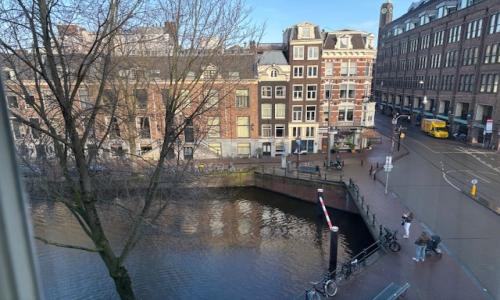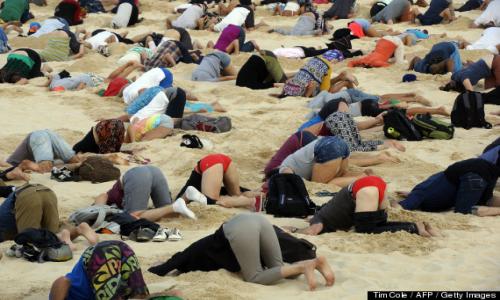 Former Federal Reserve Chairman Ben Bernanke lifted the curtain on a new Blog he will write (visit the Blog) and it's already interesting reading for those who follow the interest rate environment. In it, he explains why interest rates are so low and directly addresses critics who have accused him of throwing seniors under the bus by engineering a low savings rate environment.
Former Federal Reserve Chairman Ben Bernanke lifted the curtain on a new Blog he will write (visit the Blog) and it's already interesting reading for those who follow the interest rate environment. In it, he explains why interest rates are so low and directly addresses critics who have accused him of throwing seniors under the bus by engineering a low savings rate environment.
First, the reason that rates are so low. Ben Bernanke explains that the Fed sets interest rates based on an ideal equilibrium rate that is based on the return of capital. In simpler terms, the interest rate is set based on the growth of the economy. If the economy is in recession or growing slowly, then interest rates will be low. If an economy is healthy and expanding, then interest rates will be high. Interest rates have been low for so long because the economy is just not growing very much.
Over the years, many commentators on this site and on other banking sites have complained that the Fed is killing savers and especially the elderly, who rely on fixed income investments (often CDs) to fund their livelihood. Mr. Bernanke responds to that criticism directly:
" When I was chairman, more than one legislator accused me and my colleagues on the Fed’s policy-setting Federal Open Market Committee of “throwing seniors under the bus” (to use the words of one senator) by keeping interest rates low. The legislators were concerned about retirees living off their savings and able to obtain only very low rates of return on those savings.
I was concerned about those seniors as well. But if the goal was for retirees to enjoy sustainably higher real returns, then the Fed’s raising interest rates prematurely would have been exactly the wrong thing to do. In the weak (but recovering) economy of the past few years, all indications are that the equilibrium real interest rate has been exceptionally low, probably negative. A premature increase in interest rates engineered by the Fed would therefore have likely led after a short time to an economic slowdown and, consequently, lower returns on capital investments. The slowing economy in turn would have forced the Fed to capitulate and reduce market interest rates again. This is hardly a hypothetical scenario: In recent years, several major central banks have prematurely raised interest rates, only to be forced by a worsening economy to backpedal and retract the increases. Ultimately, the best way to improve the returns attainable by savers was to do what the Fed actually did: keep rates low (closer to the low equilibrium rate), so that the economy could recover and more quickly reach the point of producing healthier investment returns."
What he is saying here is that the Fed had no choice but to keep rates low because that is what the economy warranted. The Fed didn't choose the rate, the economy did. If the Fed had raised rates when it wasn't warranted, the economy would have gotten worse and forced the Fed to lower them again for a potentially longer period of time.
He finished with the following statement:
"The state of the economy, not the Fed, is the ultimate determinant of the sustainable level of real returns. This helps explain why real interest rates are low throughout the industrialized world, not just in the United States."
It's hard to argue with this logic. The real pain for savers over the past seven years came from the collapse of the largest housing bubble in history, as well as shifts in technology, trade, and demographics that have put enormous stresses on Western economies. Until Western economies figure out how to stimulate real growth again, the Fed will just be the caboose laying down low rates for the foreseeable future.













Add your Comment
or use your BestCashCow account